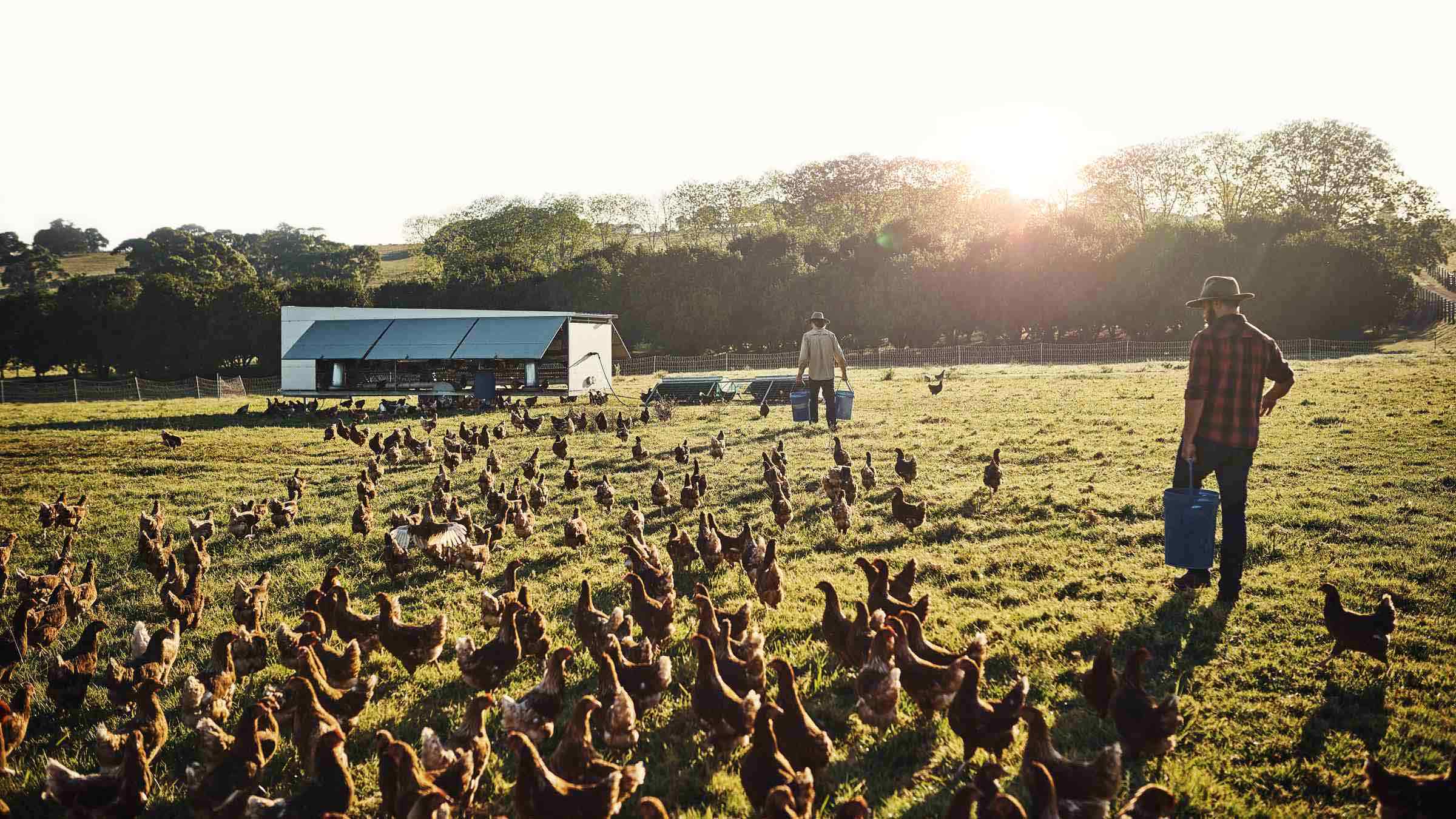The U.S. has one of the deadliest ‘bird flu’ (avian flu) outbreaks. Here’s how it could affect you

Avian influenza, sometimes called bird flu, has been spreading through the United States’ wild birds, such as geese and ducks, and has even disrupted poultry operations. In this latest outbreak, more than 22 million birds from farming operations have been destroyed, including turkeys, egg-laying hens and broiler chickens grown for meat.
The virus was detected in about two dozen states ranging from Maine to Wyoming, according to the U.S. Department of Agriculture’s Animal and Plant Health Inspection Service (APHIS).
What is avian influenza?
Avian influenza is a type A influenza virus. This is the same type of virus that can cause seasonal influenza in humans, but also in pigs, horses and all sorts of other species. This specific strain, H5N1, has adapted to birds.
When you look at bird influenza viruses, they're classified as low pathogenic or high pathogenic, based how the virus affects chickens. In this instance, the virus is highly transmissible and deadly for chickens.
This latest strain of the virus is circulating in wild waterfowl such as free-ranging dabbling ducks and geese. There’s a low consequence in those birds; we really don't see much disease in those species. The problem is when the virus jumps species and ends up in domestic poultry, or potentially other avian species, where we see high consequences.
How symptoms show up in domestic poultry
H5N1 is a highly contagious respiratory disease that eventually results in death for chickens. Infected birds will suffer swelling around their eyes and even complete paralysis. It can spread through fecal droppings and saliva. That's why there’s such a concern when a virus shows up in poultry flocks. Poultry operations with infected birds have had to destroy infected flocks.
From a viral perspective, we have to view each of those infected animals as a viral factory. As they become infected, they shed more of the virus into the environment, which then serves as a reservoir to infect more birds, and the cycle continues. By culling the birds (removing those that have been infected), those hosts are prevented from continuing to replicate the virus.
It’s unlikely that people will catch this specific strain
The virus that has been detected repeatedly across the U.S. in the last couple of weeks and months seems to have limited potential to spread from poultry to humans.
The U.S. Centers for Disease Control and Prevention, which is also monitoring the situation, says that the risk to the general public’s health risk is low, but some people may have job-related or recreational exposures to birds that could put them at higher risk of infection.
We must remember that influenza viruses can evolve quite rapidly. What the virus is today is not what it will be tomorrow. We must stay vigilant to the idea that those viruses can potentially cross species barriers, so we need to keep an eye on them. If you look at all the influenza pandemics, they originated from an animal-to-human transmission. That has been and continues to be the major concern with influenza viruses in animals — if they're able to cross the species barrier and become established, that could become the next pandemic.
Eggs and poultry are still safe to consume
The risk of transmission from eggs or poultry products to people in the home setting would be very minimal. Normal, safe food handling practices should really minimize that already low risk of transmission. Proper handling and cooking of all poultry to an internal temperature of 165 degrees Fahrenheit is recommended as a general food safety precaution, according to the USDA.
Expect sticker shock at the grocery store
There will be some price increases due to the number of H5N1 detections we've seen across the country. The general response to influenza in poultry in the U.S. is a swift control program in which they depopulate infected flocks to control the virus.
The good news is the poultry sector has already done a lot of planning for these exact events. These plans include business continuity so we can keep poultry products moving to consumers from unaffected farms. The highly pathogenic avian influenza outbreak in 2014-2015 gave the industry a chance to really ramp up those plans and figure out the best way in today's modern poultry production setting to keep food on consumers’ tables.
Free-range and pasture-raised eggs are affected, too
Because the virus is spread from wild birds, it means outdoor production systems will likely have a have a harder time maintaining biosecurity. It's much harder to control possible introductions on these farms as opposed to some of the larger indoor confinement settings. Poultry producers of all sizes have to ramp up protective measures, which will probably translate to an increased price to the consumer.
How this outbreak compares to previous ones
In a previous outbreak that began in 2014, there were 50 million birds destroyed from poultry operations. This latest outbreak could be on track to surpass that. The geographic reach of it has been certainly wider than we've seen in previous outbreaks. A combination of factors explain why. The virus itself seems to be more established in the wild bird population than what we've seen in previous outbreaks, allowing for rapid, long-scale distribution of the virus affecting everything from small backyard flocks to large poultry farms.
What’s being done to stop the spread
The focus is on how to prevent spread farm-to-farm and from animals to humans. People who are working in poultry operations, certainly, have additional biosecurity measures in place. Measures can include not just workers showering before and after entering an area with birds, but also planning truck routes so that farms aren’t connected to one another, in order to eliminate the possibility of spreading it.
Many of these lessons were learned during the last outbreak.






